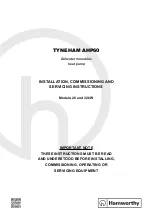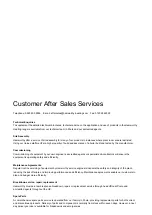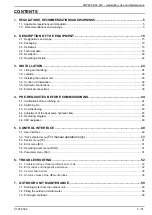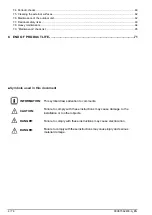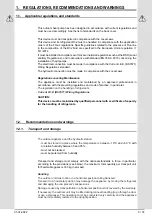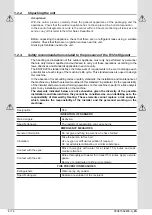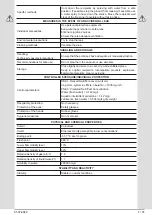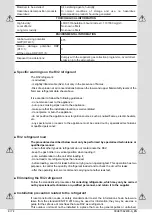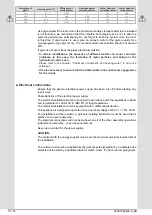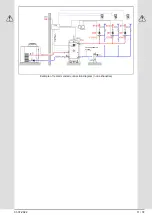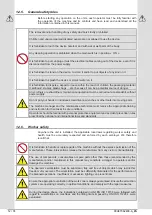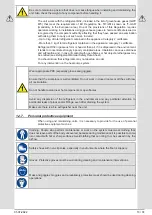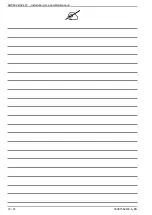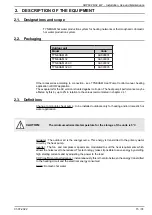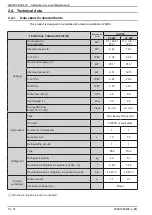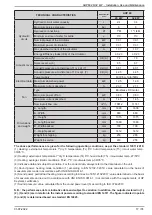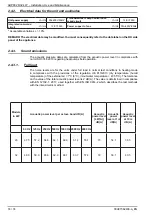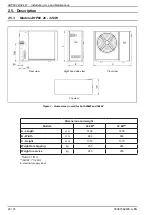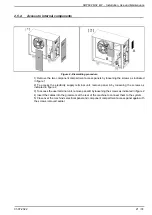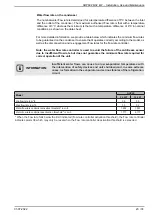
8 / 74
00U07362400-A_EN
01-07-2022
9 / 74
qualified or approved persons can access.
It is designed to be installed outdoors, in open air. A shelter or alcove in which at least one of the
longest walls is open to the outside air by louvers having a free area of 75% and covering at least
80% of the wall (or the equivalent if more than one wall is open to the outside air), is considered
to be open to the outside air.
It must be located so that no refrigerant leaks can enter the building and/or endanger people and
property. Therefore:
It must not be possible for the refrigerant to spill into a ventilation duct, under a door,
hatch or similar opening in case of a leak. For this reason, the installer must ensure that
there is a distance of at least 1m between the unit and any such opening. When a shelter
is provided for the refrigerant appliance in the open air, this shelter must be equipped with
a natural or forced ventilation device.
For refrigerant appliances which are installed outdoors at a location where a refrigerant
release may stagnate, for example, below ground level, the installation must meet the
requirements relative to gas detection and machine room ventilation.
1.2.4. Recommendations for hydraulic and electrical circuits
■
Hydraulic connections
The connection must comply with good engineering practices according to the regulations in
force.
Reminder: Make the assembly seals according to good engineering practices in force for plumbing
work:
- Use suitable seals or gaskets (fibre seals, O rings).
- Use Teflon or hemp tape.
- Use sealant (synthetic as required).
■ Characteristics of the water for the appliance
To ensure that the appliance is working correctly, the water must be filtered correctly (see the
indications at the beginning of this section) and the quantity of dissolved must be minimised.
Refer to chapter 3.6.4. For further recommendations.
The maximum authorised values are as follows:
MAXIMUM AUTHORISED PHYSICAL-CHEMICAL CHARACTERISTICS AUTHORISED FOR THE INSTALLATION
WATER
PH
7.5 - 9
Electrical conductivity
100 - 500 μS/cm
Total hardness
8.0 - 15.1 °f
Temperature
˂ 65°C
Oxygen content
˂ 0.1 ppm
Max. quantity of glycol
40%
Iron (Fe)
< 0.3 ppm
Chlorine ions (Cl-)
< 50 ppm

